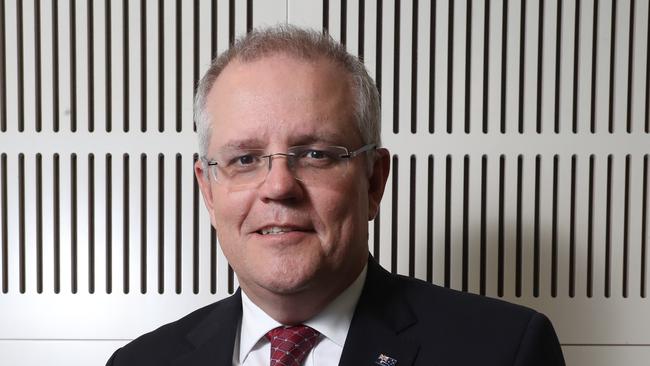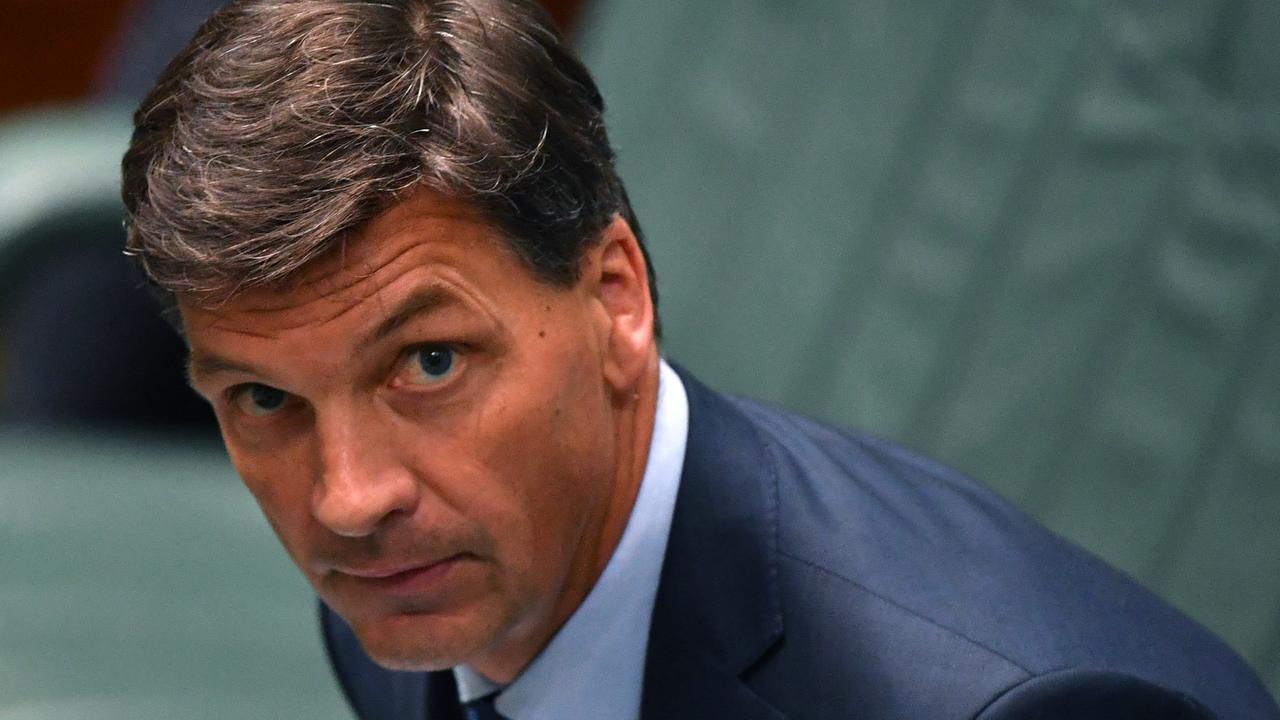Budget update to slice $23bn off debt pile
Scott Morrison’s budget update today will show the federal government reining in debt for the first time since the global financial crisis.

Scott Morrison’s budget update today will show the federal government reining in debt for the first time since the global financial crisis, with $23 billion forecast to be shaved off over the next four years.
In the wake of a critical victory in the Bennelong by-election at the weekend that ensures the stability of the Turnbull government, the strong budget statement will shore up the Coalition’s economic credentials ahead of the summer break while leaving scope for tax cuts to be offered before the next election.
The Treasurer said yesterday the $23bn gross debt reduction by 2020-21 would translate to a saving of $1bn a year in interest payments and would lead to a $40bn bottom line improvement over the next decade.
Mr Morrison said that from this year the government would need to borrow only for investments, with no further need for debt to finance daily spending.
“From this financial year, 2017-18, right now, we are no longer putting the equivalent of the national grocery bill on the credit card,’’ he said.
“Our responsible budget management means we are now in a position to no longer be borrowing to pay for everyday (recurrent) expenditure, like schools funding, Medicare and welfare, a year earlier than forecast.”
The improved budget outlook gives the government political momentum following its successes in the Bennelong and New England by-elections.
Labor, by contrast, has been hobbled by the controversy over senator Sam Dastyari, while only gaining a 5 per cent swing against the government in Bennelong has raised questions about Bill Shorten’s appeal as leader. The party also faces by-elections in four of its seats next year after the government’s victory gave it the parliamentary numbers to refer to the High Court opposition MPs with serious citizenship issues.
Malcolm Turnbull said yesterday that the government was focused on delivering on its commitments. “We hear with humility that the message is from the people of Bennelong to get on with the job, get on and deliver,” the Prime Minister said.
The government’s agenda included childcare reforms and tax cuts for small and medium businesses taking effect next year while it was providing economic leadership that was generating more than 1000 jobs a day, he said.
Deloitte Access Economics partner Chris Richardson said the improvement in debt was welcome. “It is big dollars which makes it really good news,” he said. “For the first time in more than six years the economy is doing the budget favours.”
At the May budget this year, the government expected gross debt would peak at $606bn in 2019-20 and stay at that level in the following year as the budget returned to surplus. The improvement means that by 2020-21, debt should be no more than $583bn, or about the same as it was expected to reach next year.
Debt has been climbing every year since 2008-09 when the global financial crisis struck. The May budget showed a $200bn increase over just the past four years. The gains to be announced today mark the first improvement in the decade.
The budget is being helped by stronger company profits and personal tax collections as well as continuing control over government spending. Rapid employment growth has helped to lift personal income tax payments despite weak wages growth, while company tax receipts, boosted by strong commodity prices and a general improvement in business profits, have been running almost 20 per cent ahead of budget.
The budget statement will help to secure Australia’s AAA credit rating, which has been under threat of downgrade from ratings agency S&P Global. After the May budget, the agency said it was sceptical about the budget outlook, saying “we continue to think that budget surpluses could remain elusive beyond fiscal 2021”.
Labor Treasury spokesman Chris Bowen and finance spokesman Jim Chalmers said the budget would include big cuts for students and universities, tax hikes for low and middle-income earners and a “continued push for tax breaks for the top end of town”. They said debt was continuing to rise “with no peak in sight”.
Mr Morrison has focused on the difference between borrowing to finance investment in infrastructure and defence equipment and recurrent spending on normal government operations. The May budget predicted that once investment was split out, the budget would be running a deficit of $10.8bn in 2018-19 before achieving an operational surplus in 2019-20. That has now been brought forward by a year with the budget in an operating surplus from next year.
Mr Morrison said the switch from deficit to surplus on a monthly basis would occur in the current financial year. This suggests there will be a big improvement in the budget bottom line this year and in 2018-19, but gains are likely to fade over the next two years.
Most of the $23bn debt improvement will be achieved this year and in 2018-19.
Mr Richardson said there was a question over how long the improvement in the budget outlook would last, with much relying on the wage assumptions built into the official forecasts. The May budget counted on personal income tax growth lifting over the next four years, supported by a return to pre-crisis rates of wage growth, which S&P thought too optimistic. The budget update will also show spending is undershooting May budget forecasts. Low inflation and low wage growth are reducing the government’s indexed payments while Finance Minister Mathias Cormann is keeping tight control over public service costs and discretionary spending.



